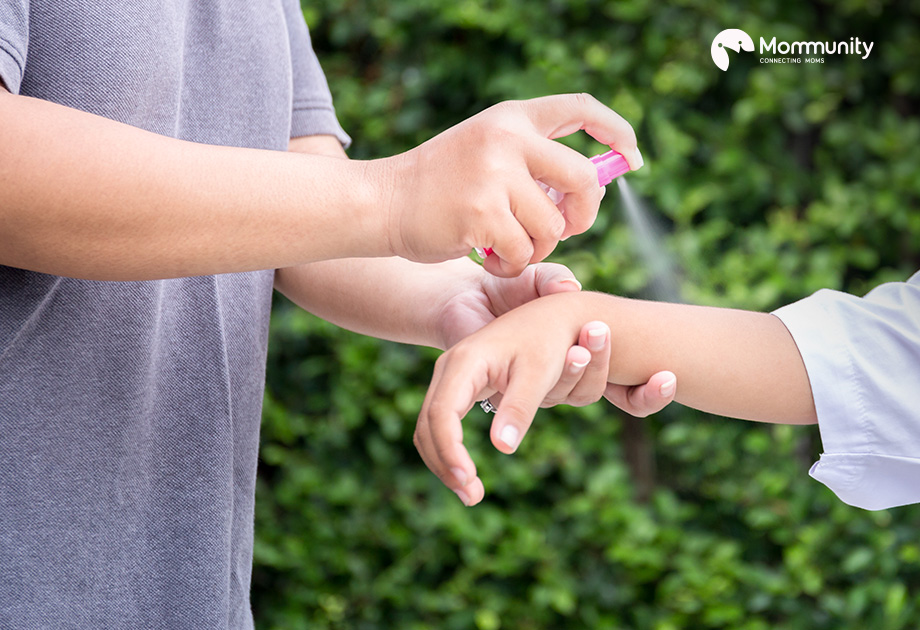Are you still wrapping your baby? Don’t know when to stop swaddling the baby? Swaddling is a practice used for centuries to help babies feel secure and sleep better. However, there comes a time when swaddling is no longer appropriate or safe.
Knowing when to stop swaddling is necessary for your baby’s development and safety. This blog will help you understand the right time to transition away from swaddling and how to do it smoothly. You will find the answer to when to stop swaddling the baby.
Why Swaddle Babies?
Swaddling provides a cozy environment that feels like the womb. This helps babies feel secure and sleep longer. It can prevent the startle reflex, which often wakes newborns. However, as babies grow, their need for freedom of movement increases.
5 Signs of When to Stop Swaddling
1. Rolling Over
The most critical sign to stop swaddling is when your baby begins to roll over. This usually occurs around 3 to 4 months of age. Swaddling can be dangerous for a baby who can roll over because they may not be able to roll back, increasing the risk of suffocation.
2. Increased Mobility
If your baby is breaking free from the swaddle regularly, it may be a sign that they need more space to move. This indicates they are ready for more freedom.
3. Less Startle Reflex
The startle reflex usually diminishes by 4 to 5 months. If your baby is no longer startling themselves awake, swaddling may not be necessary.
4. Sleep Disruption
If swaddling starts to disturb your baby’s sleep rather than improve it, it might be time to stop. Babies often indicate their discomfort through frequent waking and fussiness.
5. Disinterest in Swaddling
Some babies show signs of disliking being swaddled. They may fuss or become agitated when being wrapped, suggesting they are ready for a change.
5 Steps to Transition Away from Swaddling
1. Gradual Transition
Start by swaddling your baby with one arm out for a few nights. If they adjust well, try leaving both arms out while swaddling just their torso. This gradual approach helps them adjust to more freedom.
2. Use a Sleep Sack
Sleep sacks or wearable blankets are excellent alternatives to swaddling. They provide warmth and comfort without restricting movement. These are especially helpful during the transition period.
3. Establish a Bedtime Routine
A consistent bedtime routine can help your baby adjust to sleeping without a swaddle. Include calming activities such as a warm bath, gentle rocking, or soft lullabies to signal that it’s time to sleep.
4. Create a Comfortable Sleep Environment
The nursery is conducive to sleep with dim lighting, a comfortable temperature, and minimal noise. A white noise machine can help soothe your baby to sleep.
5. Monitor and Adjust
Every baby is different. Monitor how your baby responds to being unswaddled and adjust your approach as needed. Some babies may transition easily, while others may take a little more time.
3 Benefits of Stopping Swaddling
1. Improve Development
Without the restriction of a swaddle, your baby can develop essential motor skills, such as rolling, reaching, and grabbing, which are crucial for growth.
2. Safety
Once a baby can roll over, sleeping unswaddled is safer, reducing the risk of suffocation.
3. Improved Comfort
Older babies may find swaddling restrictive and uncomfortable. Allowing them to sleep without a swaddle can lead to better rest and happier wake times.
3 Common Concerns
1. Fear of Sleep Disruption
It’s natural to worry about disrupting your baby’s sleep routine. However, with gradual changes and consistency, most babies adapt well to sleeping unswaddled.
2. Reluctance to Change
Parents often feel reluctant to change a method that has been successful in the past. Understanding that this change is part of your baby’s natural development can ease the transition.
3. Adjusting to New Sleep Patterns
Be prepared for a brief period of adjustment as your baby learns to sleep without a swaddle. Consistency and patience are key during this time.
The Final Note
Swaddling is a valuable tool in the early months of your baby’s life, providing comfort and security. However, knowing when to stop swaddling the baby is essential for your baby’s safety and development. Watch for the signs that your baby is ready to move on from swaddling, and use the tips above to ensure a smooth transition.
By providing a supportive and safe sleep environment, you can help your baby develop healthy sleep habits that will benefit them as they grow. Trust your instincts and observe your baby’s cues. You’ll know when the time is right to let go of the swaddle.
FAQs
- Can I stop swaddling cold turkey?
- Yes, some babies adapt well to stopping swaddling all at once. However, a gradual transition is often easier for both the baby and the parents.
- What if my baby rolls over during sleep?
- Once your baby can roll over, stop swaddling immediately to guarantee their safety during sleep.
- Is there a risk if I continue swaddling past the recommended age?
- Yes, continuing to swaddle a baby who can roll over increases the risk of suffocation. It is safer to transition to a sleep sack or similar alternative.
- How long does the transition take?
- The transition can vary from a few nights to a couple of weeks. Consistency and patience will help your baby adjust to the change.
- Are there any alternatives to swaddling for comfort?
- Yes, sleep sacks and wearable blankets provide comfort and warmth without restricting movement, making them excellent alternatives.




